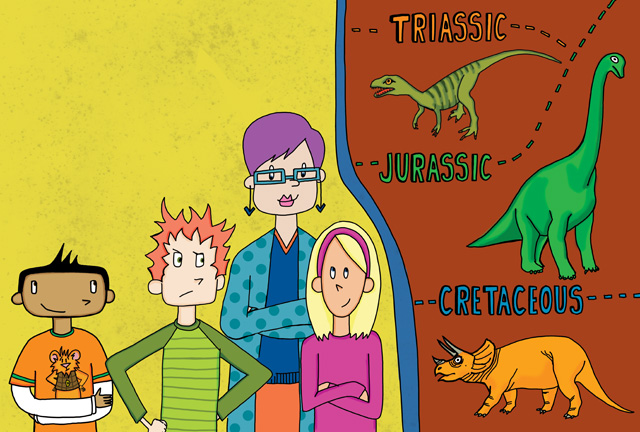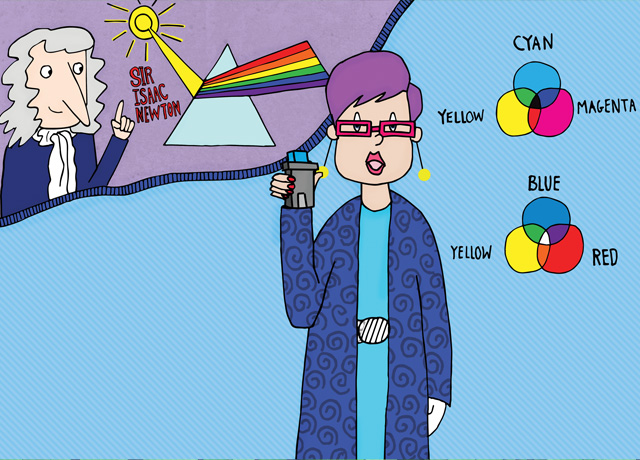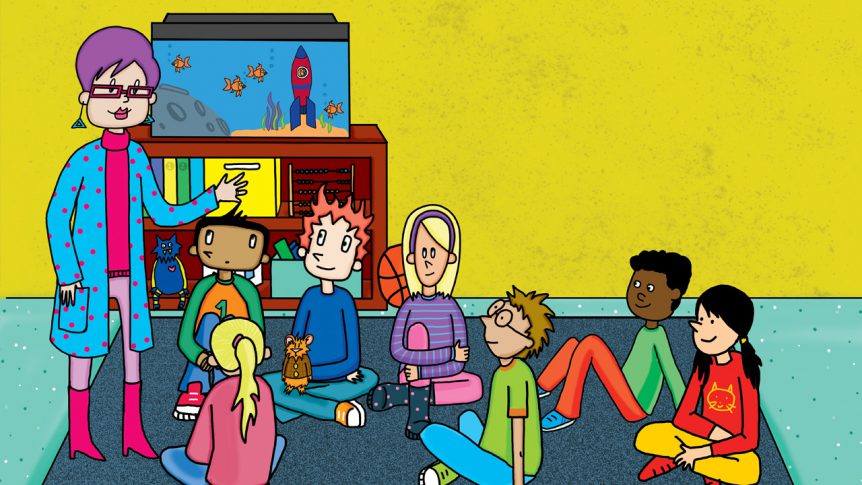Last month we learned about the first five traits Mrs.Wigglebum has as an effective teacher. Here’s the other five.
If only we could be like Mrs. Wigglebum as a teacher! In the Fuddlebrook School Science series, she always seems to be in the right place at the right time to offer sage advice and she always finds the teachable moment. Besides that, she has purple hair. This adds to her “cool” factor. But she’s not real, you argue, and doesn’t have to deal with classroom management issues, Covid, and countless other demands on her time. Honestly, if it only took dyeing your hair purple! So, what makes a good teacher?
1. Continuously improve.
Teachers who want to inspire students, keep their own enrichment in mind. Really great teachers are always improving. Continuous learning, through readings and coursework, practicing new techniques, and self-reflection, can lead to better teaching and new opportunities.

2. Know your limits, and keep your cool
Be realistic in what you can do in a day. You’ll probably want to do more than you are able, but that’s okay—there’s tomorrow. Build a professional learning community of trusted colleagues to share with. Practice patience with yourself and your students, with a spirit of understanding, some deep breaths, and a recalibration of expectations.
3. Promote a love of learning
Good teachers also make learning enjoyable by educating students in a way that is engaging and appeals to students’ interests. When students enjoy learning, they are more likely to participate in the classroom, perform better academically and value continued education. You can instill positive feelings in your students (1) by using alternative methods of teaching. The best teachers aim to try something new to make any topic more entertaining. Turn a lesson into a game or performance. This step can help students want to learn and even pr mote creativity, critical thinking and collaboration skills they can apply outside the classroom as well. (2) asking for feedback. Good teachers ask their students for feedback to identify if students are struggling with a specific lesson plan and the elements they like and dislike about a lesson or topic. You can apply feedback to create a lesson plan that works for them and even come up with new areas to explore that best engage them in the classroom.

4. Engage Your Students
Students are perceptive from an extremely young age and can easily tell when teachers are bored by or apathetic toward their own material. If you want to generate engagement and enthusiasm in your class, it’s imperative to exemplify those traits yourself, showing your students an infectious passion for learning — and all the exciting discoveries and hobbies that it can unlock for them!
5. Keep a sense of humor
In the classroom, you’ll see it all: the sublime, the ridiculous, the unbelievable, the unexpected, the off-the-wall, the just plain inexplicable. Having a sense of humor can keep you grounded in reality, and a good laugh can help put things in perspective.
Mrs. Wigglebum in the series the Fuddlebrook School Science series may have all the science answers and purple hair to boot. But she has something else which makes her an effective and good teacher. She truly cares about her students. May we all strive to be a Mrs. Wigglebum.

